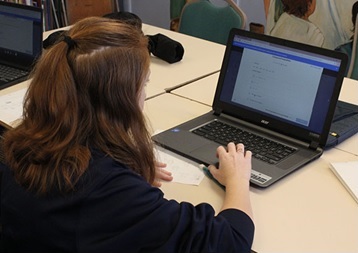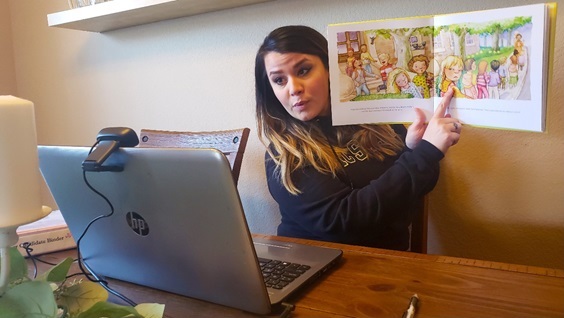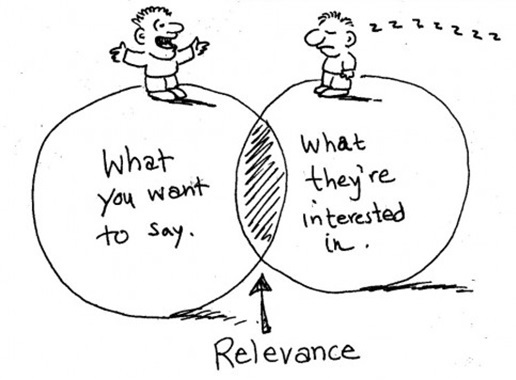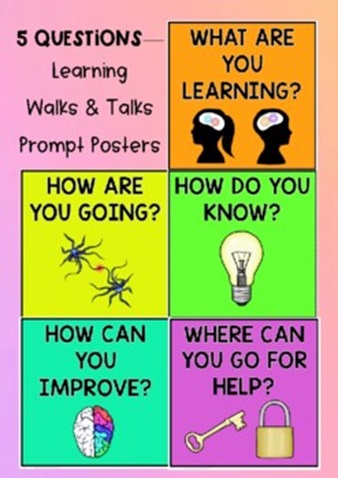Madhusandhya Das, online educator, 21K British School

In the month of January/February 2021, the pandemic situation showed signs of improvement and we assumed life was finally going back to normal. However, things abruptly took turn for the worse. We are now back to square one or even worse. Teachers are having to align themselves with the reality of having to continue to teach the children online for at least a major part of this academic year too. Last year, many of us have re-skilled ourselves and re-purposed our teaching to suit the digital medium. We learnt, adapted and strived to be tech-savvy teachers. The world of learning shifted online and many of us are doing a fantastic job. Having said that, sometimes reflecting on our own work helps us to continuously improve.
With the new academic year (2021-22) having already started off amidst the second wave of the Covid-19 pandemic, this might be the right time to have an open ‘reflection’ so that we could look closely into a few areas of online teaching.
- Content (What topic or concept we are teaching)
- Presentation (How we are delivering this content)
- Relevance and Connection (Making the learner connect to the content/concept)
- Teaching Time (Exemplars and explanation)
- Assimilation and Assessment (Whether my learner has understood what was delivered?)
All of this has to be accomplished in a span of 45 mins and with coherence and clarity, it is not an easy task. It is not easy to engage and keep our little audiences interested and engagee. Our goal as teachers is to keep the morale up and keep the progression of learning happening. And there are good days and bad days. On the good days, we can give a silent pat on our back for a job well done and on bad days we can reflect on what went wrong and learn from it. As wise men said, there is no age for learning!
So let’s have a closer look at these points.
- Content: Content is always the king! So, you need to research well before you step into your online classroom. If your target is the L.O (lesson Outcome) for your learners; then your readiness and groundwork are imperative to achieve the given goal. The class will be unbearably boring if you jus
t read out from a book. The children have the choice to turn off their video and audio and have a quick nap, in the digital classes! The teacher should be ready with her lesson plan, the lesson outcome, the strategy to teach the content or the concept and various teaching aids (videos, graphic organizers, mind-maps and others) to do a good job!
mind-maps and others) to do a good job! - Presentation: How you present is equally important as to what you present. Attractive PowerPoint slides and google slides already are available online, which you can download for free or use templates from paid- sites to create befitting backdrops for your presentations. This is one of the check-boxes the teacher has to tick before taking his/her class.
- Relevance and Connection: The concept or content needs to be relevant to the learner. The learner needs to be taken from the known to the unknown. To cite an example of Relevance and Connection, in one of the Grade 5 Social Science classes, I was explaining the occurrence of land breeze and sea breeze. One of my learners who lived in the hinterland said, “Ma’am, I have never been near a sea-side, how does it look like”? As a teacher you need to be prepared for unexpected turns during your lesson. When a learner has no idea of what a sea looks like? Even if you give your learner a theoretical definition of the sea, your purpose of making him/her understand the vastness of the landform would be lost. Use images, videos to give a realistic portrayal of the concept and then take it forward.

- Teaching Time: The actual teaching time is sacrosanct. Your effort during this section should be -to make the content/concept as lucid to the learner as possible with real life examples and relevant examples. Also give the learner explanation about the topic. If you are able to build a mental image of the concept in your learners’ mind, then your effort has not gone in vain! Use activities in online classes to drive the concept home. You can go further from simple to complex, once the basic ‘schemata’ is clear to the learners. Half of your work is done once the learner makes a connection to the content/concept being taught.
- Assimilation and Assessment: The delivery of the content has been done, but how much of that has been internalised, accepted, assimilated and has found a relevance in your learners’ mind is still unknown to you. So, a few quick ‘Critical Thinking’ question can do the trick.

Critical Thinking questions are mostly open-ended questions, that make the child think more and probe more. The learner has to deduce, infer, and often these kinds of questions nudge the learner to think or problem solve. Critical Thinking questions incorporates-questions on-Who, What, Where, When, Why, and How? It is an on-the-spot assessment of how effective was your teaching and did the learners learning progress? If both the answers to that question was ‘Yes’ then you have done a good job! If not, then try harder again, tomorrow. Keep going…
The world of learning has now turned online. Let us all focus and make these experiences worthwhile, interesting and fun for the learner.
Also Read: Digital Transformation-Overall Digitization Strategy
Posted in Teachers Resources

























